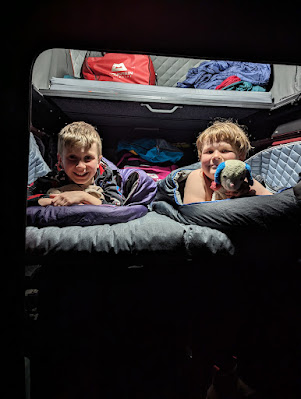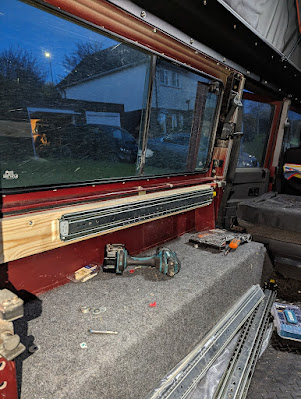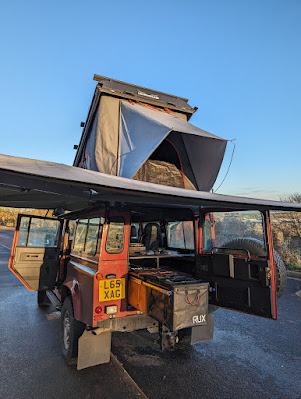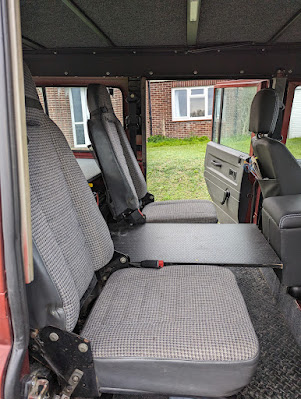The Pacific Coast Way: Off Grid Style
Our latest Errington Family Adventure saw us travelling along the East Coast of Queensland, Australia. We mostly followed the Pacific Coast Way but added a couple of detours; firstly heading north to the Daintree Rainforest, and of course we couldn't miss the Great Barrier Reef!
What is the Pacific Coast Way?
Our Route: Cairns to Cape Tribulation to Brisbane
📍 Our Top Stops Along the Pacific Coast Way
1. The Daintree – Where the Rainforest meets the Reef
2. Atherton Tablelands - Chasing Waterfalls
3. Crystal Creek - Beach-side camping
4. The Whitsundays & Great Barrier Reef – Pure Tropical Bliss
One of the reasons we chose the East Coast of Australia was so the boys (and Ridley) could visit the Great Barrier Reef. Sarah actually learned to dive on the GBR way back when! Our Great Barrier Reef experience was certainly one of the highlights of our trip, and we'll write more about it in another post.
We launched into the Whitsunday Islands from Airlie Beach with Cruise Whitsundays, and headed out to the Reef World Pontoon at Hardy Reef. We opted for the Reef Sleep experience, where you spend the night in a covered bed on the deck of the pontoon, which was amazing. We dived and the boys snorkelled on the Reef, we also took a trip on the semi-submersible boat. Highly recommended!
Nomads Airlie Beach was a great base for us, we stayed in their campsite the nights before and after the trip, and left the truck set up on a pitch for the night we were away on the reef. It worked out really well, and you can easily walk from the site to the terminal for the trip - and leaving the truck there meant we could both enjoy a few drinks with the amazing lunch we had before we left Reef Sleep. It doesn't look particularly like a family site but we found it really good, and the boys liked the 2 pools for a cool down swim. Ask for a pitch out the back of the site, where it is a bit quieter.
4. Cape Hillsborough National Park - Sunrise Kangaroos
5. Byfield National Park - conquering Big Sandy
6. 1770 - Luxury Camping
7. Bundaberg - the Brewery Town
8. Bribie Island - the Sunshine Coast?
9. Brisbane – City fun to round out our trip
The decision to end the trip in Brisbane actually turned out really well. It allowed us to clear out the truck, repack our bags for the flight home and get the truck washed ready for handover.
We found a great Airbnb in the New Farm area of the city, which was a perfect location to explore with a lovely riverside walkway into the city. With a evening flight home, we effectively got two days of exploring the breweries, the South Bank, riding the CityCat ferries, and enjoying riverside parks. We really liked Brisbane and it was the perfect place to relax and reset before heading home.
🧳 Family Travel Tips for the Pacific Coast Way
- Break up the drive: Aim for 2–4 hour segments, especially with younger kids.
- Pack for all weather: The climate changes as you move south.
- Stay flexible: Spontaneous stops became some of our favourites!
- Book popular tours in advance: Mossman Gorge and the Reef Sleeps can fill quickly.
📸 Final Thoughts: Why This Road Trip is a Must-Do
From ancient rainforests to snorkelling the Great Barrier Reef, this was more than a holiday—it was a real adventure and taking the less obvious, off grid, approach made it even more special.
If you're planning your next big family adventure in Australia, we can’t recommend the Pacific Coast Way enough. Add it to your bucket list—you won’t regret it.




















































